With a focus on energy efficiency and indoor air quality, mechanical ventilation with heat recovery is a cutting-edge technology that offers significant benefits for both the environment and human health. This article examines into the scientific principles behind how these systems work, highlighting their impact on reducing energy consumption and improving air circulation in buildings. Join us on a journey to uncover the innovative technology behind mechanical ventilation with heat recovery (MVHR) and why it is a crucial element in the quest for sustainable living.
Key Takeaways:
- Mechanical Ventilation with Heat Recovery (MVHR) systems help to improve indoor air quality by ensuring proper ventilation while also recovering heat to maintain energy efficiency.
- Heat exchangers in MVHR systems work by transferring heat from the outgoing stale air to the incoming fresh air, reducing the need for additional heating or cooling.
- Efficiency levels of MVHR systems can vary depending on factors such as installation quality, maintenance, and the climate in which they operate.
- Proper sizing and installation of MVHR systems are crucial to maximize their effectiveness and energy savings in buildings.
- Understanding the science behind MVHR technology can help building owners and operators make informed decisions about improving indoor air quality and energy efficiency in their properties.
Principles of Mechanical Ventilation
Airflow Dynamics
Before delving into the intricacies of MVHR, it’s important to understand the basic principles that govern airflow dynamics. Airflow dynamics refer to how air moves through a system, including the direction, speed, and patterns it follows.
Pressure and Flow Rates
On the other hand, pressure and flow rates play a crucial role in determining the efficiency and effectiveness of mechanical ventilation systems. Pressure refers to the force that drives air movement, while flow rates measure the volume of air passing through a system over time.
Plus, it’s important to note that improper pressure settings can lead to inadequate ventilation, compromising indoor air quality and potentially posing health risks. Conversely, optimal flow rates ensure proper air exchange, reducing the buildup of pollutants and maintaining a healthy indoor environment.
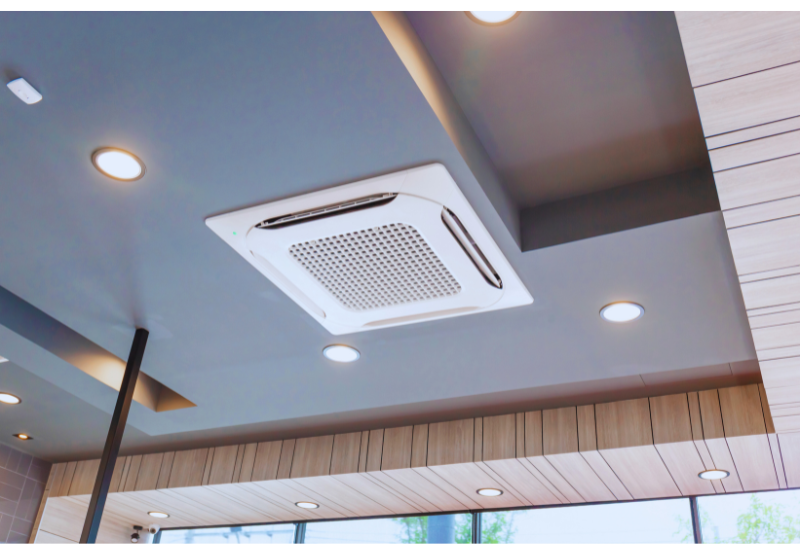
Heat Recovery Fundamentals
Thermodynamics and Energy Transfer
Fundamentals of heat recovery revolve around thermodynamics and energy transfer. Heat recovery systems work on the principle of transferring heat energy from outgoing exhaust air to incoming fresh air. This process enhances energy efficiency within a building by reducing the need for additional heating or cooling.
Heat Exchanger Design and Efficiency
For efficient heat recovery, the design of the heat exchanger plays a crucial role. The heat exchanger must facilitate efficient heat transfer between the incoming and outgoing air streams while minimizing any heat loss or cross-contamination. Factors such as surface area, material conductivity, and airflow patterns all influence the efficiency of the heat exchange process.
Efficiency in heat exchanger design ensures optimal performance of a mechanical ventilation system, leading to significant energy savings and improved indoor air quality. By maximizing heat recovery from exhaust air, buildings can reduce their carbon footprint and enhance overall sustainability.
System Design and Components
Ventilation System Layout and Configuration
Now, when designing a mechanical ventilation system with heat recovery, it is crucial to consider the layout and configuration of the system. This includes the placement of supply and extract ducts, as well as the positioning of the heat recovery unit within the system.
Heat Recovery Unit Design and Integration
The heat recovery unit plays a vital role in the efficiency of the system. It is designed to extract heat from the outgoing air stream and transfer it to the incoming air stream. The integration of this unit ensures that energy is not wasted and that the indoor environment remains comfortable while reducing energy costs.
Plus, by incorporating a high-efficiency heat recovery unit, not only can you save on heating and cooling expenses, but you also contribute to reducing carbon emissions and promoting a sustainable living environment.
Applications and Benefits
Energy Efficiency and Cost Savings
After installing MVHR systems, homeowners can expect significant energy savings due to the recovery of heat that would otherwise be lost. This in turn leads to lower heating and cooling costs, making it a cost-effective long-term investment.
Indoor Air Quality and Health Implications
Any dwelling equipped with a mechanical ventilation system with heat recovery will benefit from improved indoor air quality. By continuously exchanging stale indoor air with fresh outdoor air while retaining heat, these systems help in reducing pollutants and allergens indoors, which can lead to enhanced respiratory health for occupants.
Understanding the significance of indoor air quality and its impact on health can’t be overstated. Mechanical ventilation systems with heat recovery not only provide optimal levels of oxygen but also reduce the presence of humidity, mold, and airborne contaminants that can trigger allergies and respiratory issues.
Final Words
Taking this into account, delving into the science behind MVHR reveals a fascinating world of energy efficiency and innovation. Understanding the intricate mechanisms involved in this technology sheds light on how we can improve indoor air quality while reducing energy consumption. By exploring the science behind mechanical ventilation heat recovery, we not only gain knowledge but also a deeper appreciation for the interconnectedness of science and sustainability.
FAQ
Q: What is mechanical ventilation with heat recovery?
A: MVHR is a system that provides fresh air to a building while simultaneously recovering heat from the outgoing stale air, increasing energy efficiency.
Q: How does mechanical ventilation with heat recovery work?
A: In mechanical ventilation heat recovery, a heat exchanger transfers heat from the outgoing air to the incoming fresh air without mixing the two streams, thus saving energy.
Q: What are the benefits of mechanical ventilation with heat recovery?
A: Mechanical ventilation heat recovery helps improve indoor air quality, reduce energy consumption, and maintain a comfortable and healthy living environment.
Q: How does mechanical ventilation with heat recovery impact energy efficiency?
A: By recovering heat from the outgoing air, mechanical ventilation heat recovery reduces the amount of energy needed to heat or cool incoming air, leading to significant energy savings.
Q: Is mechanical ventilation with heat recovery suitable for all types of buildings?
A: MVHR is suitable for a wide range of buildings, including residential homes, commercial offices, and industrial facilities, where energy efficiency and indoor air quality are important considerations.
Q: What are the key components of a mechanical ventilation with heat recovery system?
A: The key components of a MVHR system include heat exchangers, filters, fans, and controls to regulate air flow and temperature within the building.
Q: Are there any maintenance requirements for a MVHR system?
A: Regular maintenance, such as filter replacement and cleaning, is imperative to ensure optimal performance and efficiency of a MV heat recovery system.
Related Posts
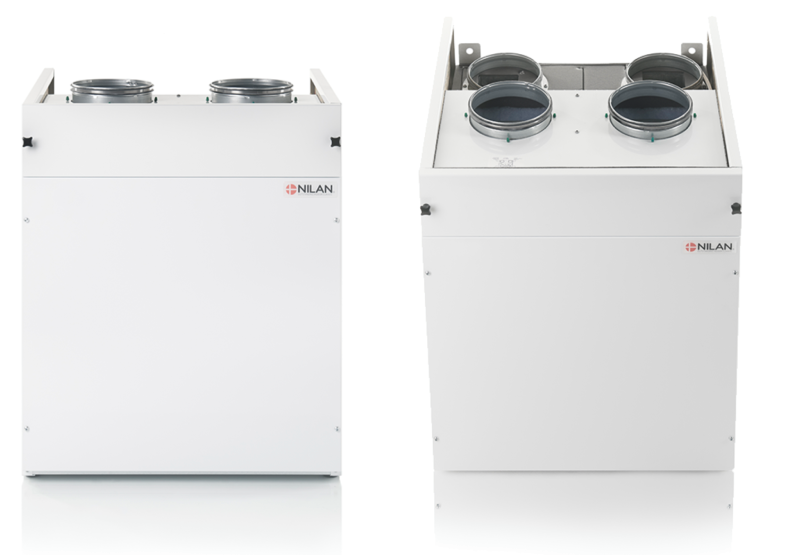 Stay Warm and Save Money with the Nilan VPL 15 Top M2 Heater
Stay Warm and Save Money with the Nilan VPL 15 Top M2 Heater
 The Comfort CT300 / Polar
The Comfort CT300 / Polar
 Heat Pump Units
Heat Pump Units
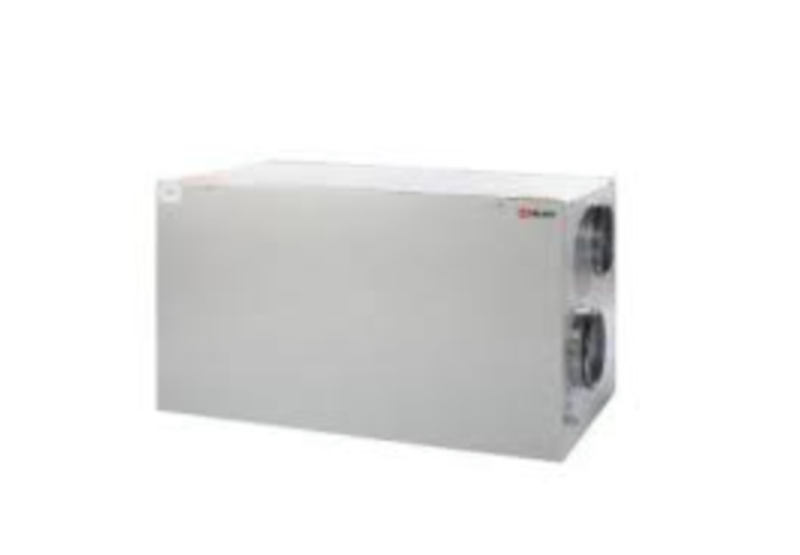 The Nilan Comfort 450: A Top-of-the-Line Ventilation Unit
The Nilan Comfort 450: A Top-of-the-Line Ventilation Unit
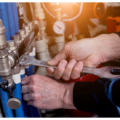 Essential Tips For Finding The Right Nilan Supplier
Essential Tips For Finding The Right Nilan Supplier
 Expert Advice On Choosing The Right Nilan Supplier For Your Project
Expert Advice On Choosing The Right Nilan Supplier For Your Project
 Top 10 Benefits Of Working With A UK Ventilation Supplier
Top 10 Benefits Of Working With A UK Ventilation Supplier
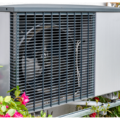 What Makes Sorption Heat Pumps Stand Out From Traditional Options?
What Makes Sorption Heat Pumps Stand Out From Traditional Options?
 Do Absorption Heat Pumps Provide An Energy-Efficient Solution?
Do Absorption Heat Pumps Provide An Energy-Efficient Solution?
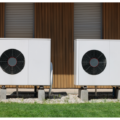 Have You Considered Using Thermotransport Heat Pumps In Your Home?
Have You Considered Using Thermotransport Heat Pumps In Your Home?

